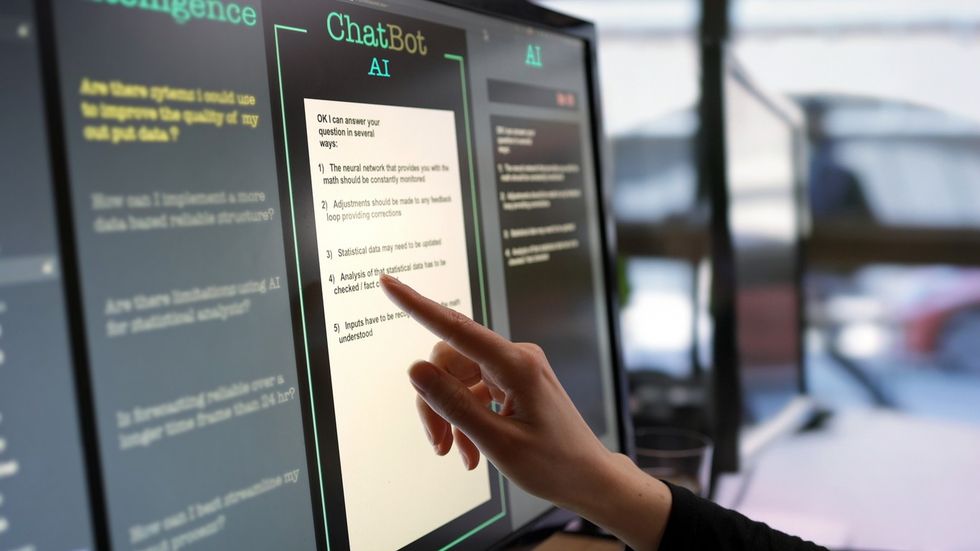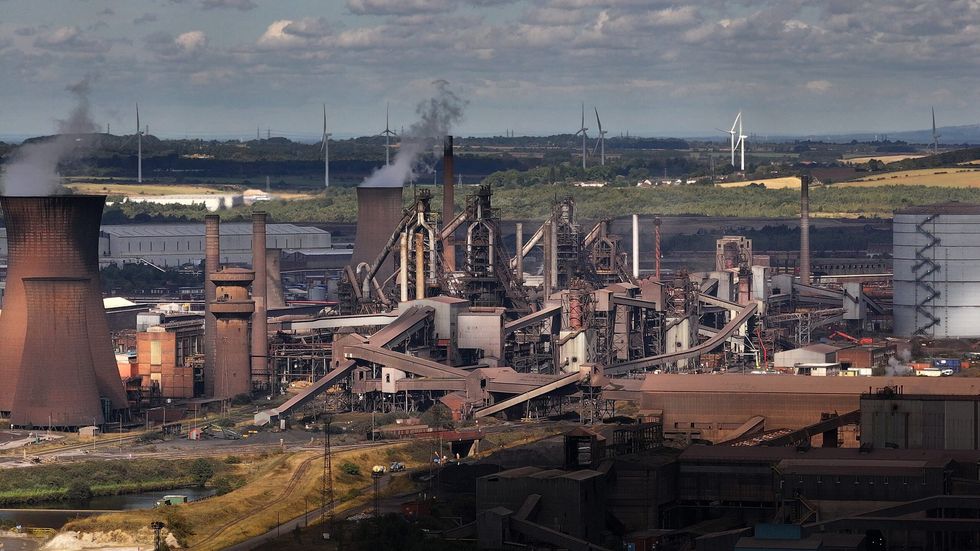Artificial Intelligence (AI) is not just a threat to declining employment opportunities but also to the environment. In recent years, major technology companies, including Microsoft, Google, and Meta, have substantially increased their water consumption for cooling down data centres, raising concerns about environmental consequences.
With millions of users relying on their online services, Microsoft, Google, and Meta have witnessed a surge in water consumption due to the establishment of massive server farms that rely on chilled water for cooling systems, essential for the extensive language models powering generative AI.
Shaolei Ren, a researcher at the University of California, Riverside, published a study in April investigating the resources needed to run buzzy generative AI models, such as OpenAI’s ChatGPT.
According to Ren and his colleagues, ChatGPT consumes 500 milliliters of water, approximately the volume in a standard 16-ounce bottle, for every 10 to 50 prompts, depending on the deployment location and time.
The study's authors caution that failure to adequately address the increasing water footprint of AI models could pose a significant obstacle to the socially responsible and sustainable use of AI in the future. OpenAI, the creator of ChatGPT and partially owned by Microsoft, did not provide a response to a request for comments on the study's findings.
“I think we are going to see more clashes over the water usage in the coming years as well, so this type of risk will have to be taken care of by the companies,” Ren said.
A study from the University of California, Riverside, published in Nature, emphasizes the urgent need to uncover and address the undisclosed water footprint of AI models. This is especially crucial considering escalating freshwater scarcity, prolonged droughts, and ageing water infrastructure.
The concern intensifies as leading tech companies vie to introduce products utilizing generative AI, which requires substantial computing power and drives the establishment of massive server farms. Some of the water used in the cooling process evaporates, while some can be recycled.
Water, a crucial resource for various forms of energy generation, has seen notable spikes in consumption by tech giants. In 2022, Microsoft consumed about 22 million cubic meters of water, equivalent to 22 billion litres, while Google consumed about 6-7 million cubic meters (6-7 billion litres), and Meta's consumption was at a modest 2 billion litres.
In 2023, the consumption increased further, prompting these companies to set targets to replenish water resources by 2030 through initiatives like enhancing irrigation infrastructure and restoring wetland systems.

Experts anticipate that the demand for AI will propel water withdrawal to unprecedented levels, estimated to range between 4.2 billion and 6.6 billion cubic meters by 2027, almost half of the UK’s annual water consumption.
Residents in West Des Moines, Iowa, raised concerns over a data centre cluster consuming a significant portion of the district’s water supply, highlighting the potential water-intensive nature of AI models.
Calls for enhanced transparency and data disclosure from AI firms have emerged, urging detailed breakdowns of water consumption across different computing services. While some companies like OpenAI have expressed commitment to improving efficiencies, others like Google have refrained from commenting on the issue.
Experts stress the necessity of comprehensive reporting on the environmental impacts of AI models, particularly amid global concerns over climate change and dwindling water resources. Kate Crawford, a research professor at USC Annenberg, emphasizes the importance of understanding the true environmental consequences of generative AI tools amidst a climate crisis.
In response to these concerns, tech giants, including Microsoft and Google, are working to reduce their water footprint and become “water positive” by the end of the decade, aiming to replenish more water than they use. However, the computing power needed to run new AI models could lead to significantly higher levels of water use in the coming months.
“With AI, we’re seeing the classic problem with technology in that you have efficiency gains but then you have rebound effects with more energy and more resources being used,” said Somya Joshi, head of division: global agendas, climate and systems at the Stockholm Environment Institute.
Somya Joshi, head of division at the Stockholm Environment Institute, highlights the classic problem with technology, where efficiency gains in AI models are offset by rebound effects leading to increased energy and resource consumption, including water.
A spokesperson for Microsoft stated that the company is investing in research to measure the energy and water use and carbon impact of AI while working on ways to make large systems more efficient. They emphasized the need for a plentiful clean energy supply globally to power AI technology.
A Google spokesperson noted that research shows the energy needed to power AI technology is rising at a much slower rate than forecasted. Google data centers are designed to maximize efficiency, delivering significantly more computing power with the same amount of electrical power compared to five years ago.
The environmental impact of Big Tech's expanding water footprint in the age of generative AI is a growing concern. As the demand for AI continues to rise, it is imperative for tech companies to address and mitigate the environmental consequences, ensuring a sustainable and responsible use of AI technology.






 NS-31 astronauts celebrate at the crew capsule after a successful flight to spaceBlue Origin
NS-31 astronauts celebrate at the crew capsule after a successful flight to spaceBlue Origin Astronaut Dr. Richard Scott during training at Launch Site OneBlue Origin
Astronaut Dr. Richard Scott during training at Launch Site OneBlue Origin New Shepard booster separates from crew capsule during NS-29Blue Origin
New Shepard booster separates from crew capsule during NS-29Blue Origin Astronaut Gayle King celebrates a successful mission to spaceBlue Origin
Astronaut Gayle King celebrates a successful mission to spaceBlue Origin Astronaut Jesús Calleja at apogeeBlue Origin
Astronaut Jesús Calleja at apogeeBlue Origin Astronaut Elaine Chia Hyde at apogeeBlue Origin
Astronaut Elaine Chia Hyde at apogeeBlue Origin Astronaut Elaine Chia Hyde during training at Launch Site OneBlue Origin
Astronaut Elaine Chia Hyde during training at Launch Site OneBlue Origin New Shepard lifts off from Launch Site One Blue Origin
New Shepard lifts off from Launch Site One Blue Origin The New Shepard booster nears touchdown during NS-29Blue Origin
The New Shepard booster nears touchdown during NS-29Blue Origin New Shepard on the launch pad prior to NS-31Blue Origin
New Shepard on the launch pad prior to NS-31Blue Origin













 An aerial view of the British Steel Scunthorpe site on September 13, 2024. (Photo: Getty Images)
An aerial view of the British Steel Scunthorpe site on September 13, 2024. (Photo: Getty Images)